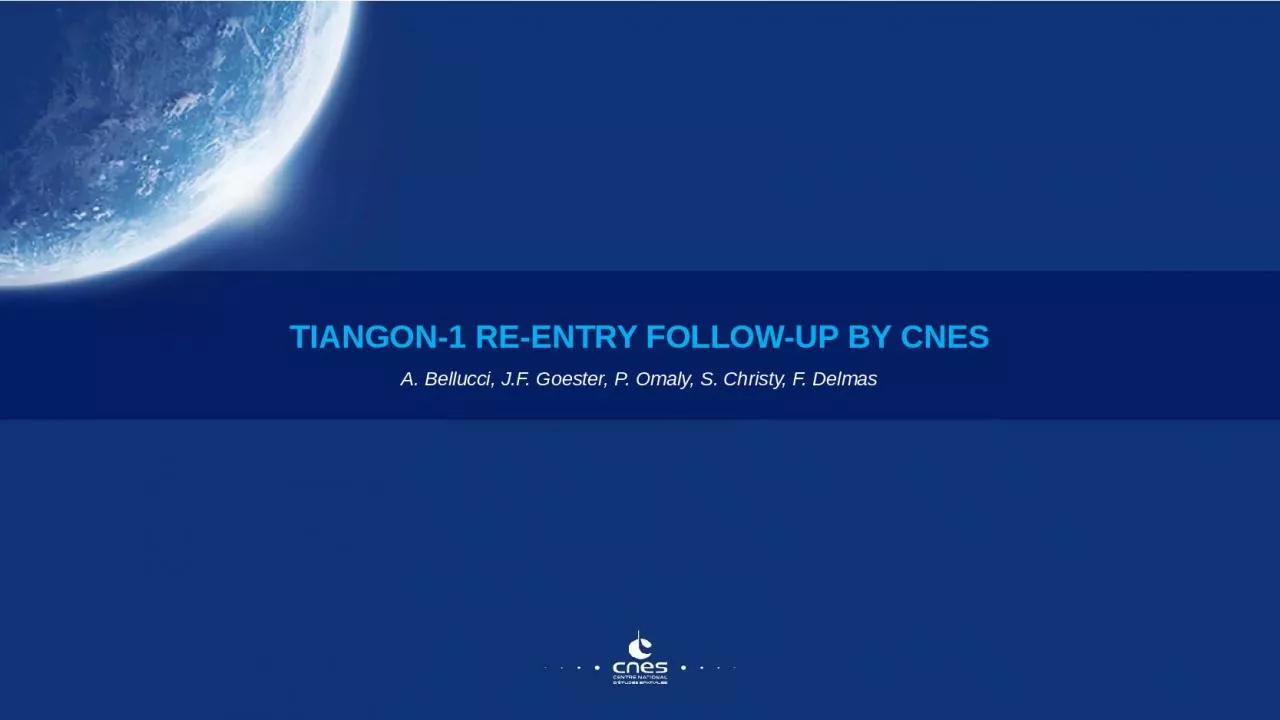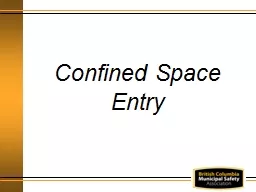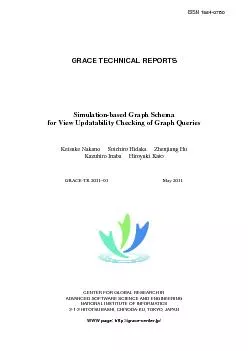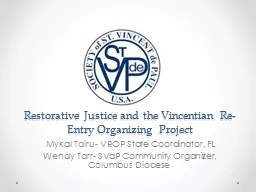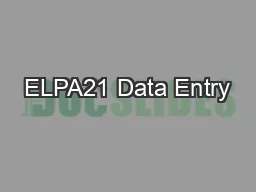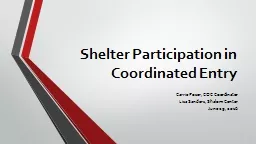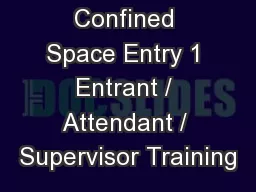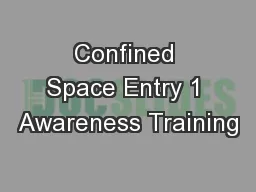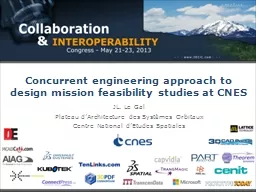PPT-TIANGON-1 RE-ENTRY FOLLOW-UP BY CNES
Author : zoe | Published Date : 2023-11-16
A Bellucci JF Goester P Omaly S Christy F Delmas CONTEXT TIANGON1 REENTRY FOLLOWUP BY CNES 2 7th International Conference on Astrodynamics Tools and Techniques
Presentation Embed Code
Download Presentation
Download Presentation The PPT/PDF document "TIANGON-1 RE-ENTRY FOLLOW-UP BY CNES" is the property of its rightful owner. Permission is granted to download and print the materials on this website for personal, non-commercial use only, and to display it on your personal computer provided you do not modify the materials and that you retain all copyright notices contained in the materials. By downloading content from our website, you accept the terms of this agreement.
TIANGON-1 RE-ENTRY FOLLOW-UP BY CNES: Transcript
Download Rules Of Document
"TIANGON-1 RE-ENTRY FOLLOW-UP BY CNES"The content belongs to its owner. You may download and print it for personal use, without modification, and keep all copyright notices. By downloading, you agree to these terms.
Related Documents

